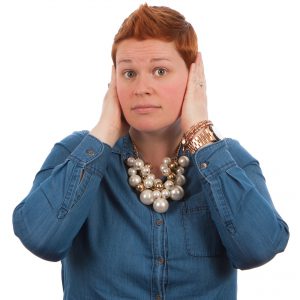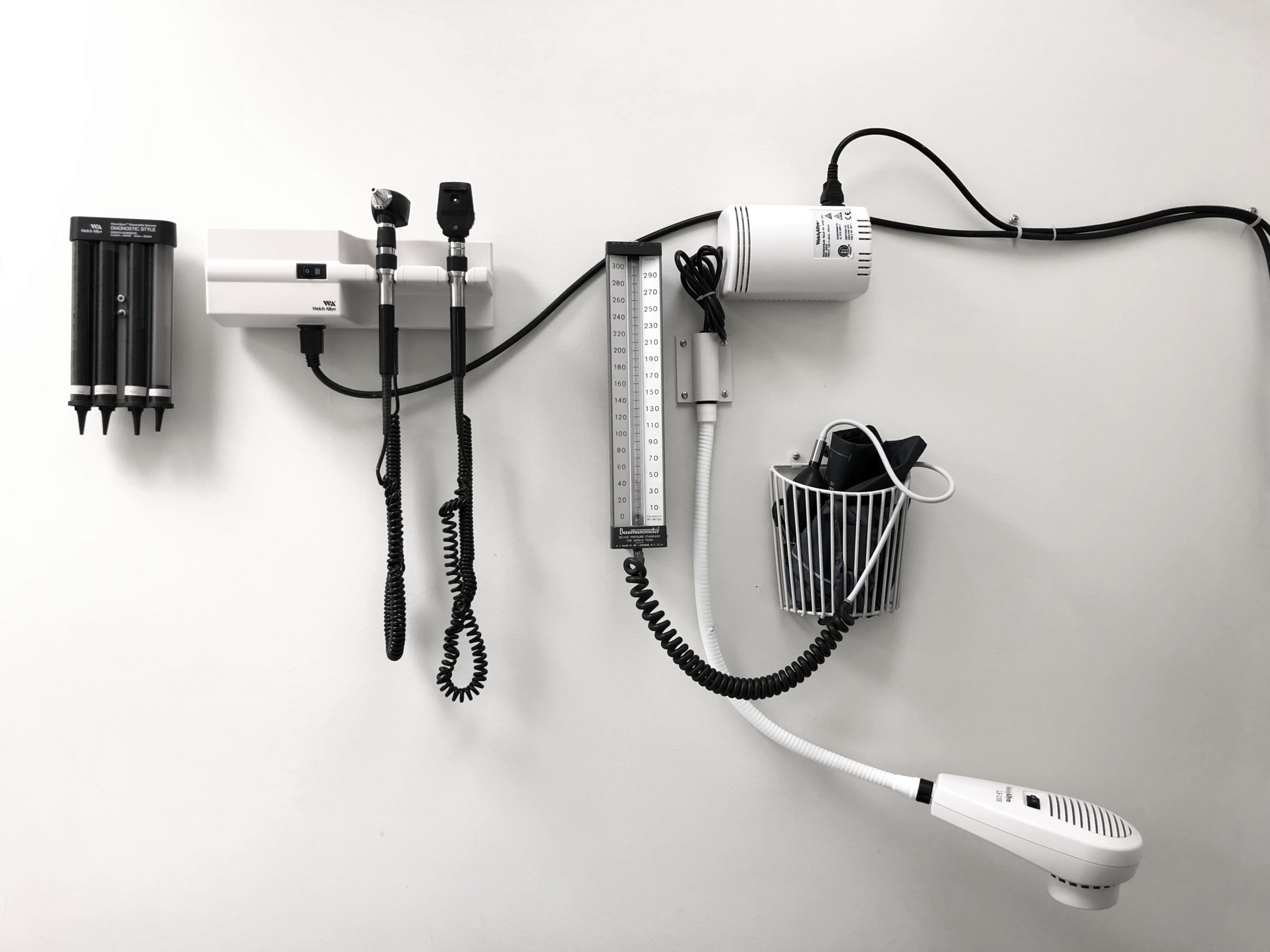One major factor for determining a person’s specific hearing loss is their degree of hearing loss. The degree of hearing loss is measured by testing the softest sound a person can hear at different pitches.
It is based on how loud noises need to be for a patient to be able to hear them. A hearing healthcare professional will have to measure the degree of damage to determine a patient’s hearing loss just like an ophthalmologist before prescribing eyeglasses, measures the degree of correction.
An audiologist will get an idea of the best solution to an individual’s hearing loss by looking at the degree and type of the person’s hearing loss.
You might be told as a patient after being tested by an audiologist that your hearing loss is severe or mild.
Sound loudness is measured in decibels, and the term that is used to describe the hearing loss in decibels is dB HL while the frequency or pitch is measured in Hertz (Hz).
The listed below are decibel levels of some familiar sounds
- The usual household sound has 50 dB
- A typical conversation has 60 dB
- Music concert (such as rock or metal music) has 120 dB
- Gunshot sound has 140 dB
Exposing the ear to sounds that are louder than 85 dB for an extended period of time can cause damage to a person’s hearing.
It is important to note that it is possible for an individual to have a different degree of hearing loss at different pitches.
As humans, it is impossible for everybody to have the same degree of hearing loss and that is why the definition differs for every individual.
Degrees of hearing loss are categorized into different levels, and the most common of these categories are:
- Minimal Hearing Loss
- Mild Hearing Loss
- Moderate Hearing Loss
- Severe Hearing Loss
- Profound Hearing Loss

Source: Pixabay
1. Minimal Hearing Loss
A minimal hearing loss means that an affected person can hear sounds that are around 0 to 20 decibels (dB).
That implies that they will be able to understand almost every sound including the softest ones, like falling leaves or chirping of birds, without any form of assistance.
2. Mild Hearing Loss
According to the Hearing Healthcare Professionals Association, a mild hearing loss is the hearing thresholds that are between 26 and 40 decibels (dB) across specific frequencies or pitches on an audiogram.
It does not merely mean that sounds are not loud enough when someone has a hearing loss; it means that sounds are not clear enough most of the time.
Often, people with mild hearing loss notice they can hear conversations but cannot understand them clearly. They can listen to another person ’s voice that is about 65 dB but cannot hear sounds that are softer like the ticking of a clock, or any of the different more delicate speech sounds.
Consonant sounds like “f” and “th” or “k,” and “p” which are difficult speech sounds can be lost in conversion for someone with a mild hearing loss.
Due to this, they find it difficult to differentiate between sounds and keep up with conversations, especially in a noisy environment.
3. Moderate Hearing Loss
A person affected with moderate hearing loss cannot hear any sound softer than 40 to 70dB which means they will be unable to listen to the sound of a ringing telephone or normal conversation sounds.
For people with moderate hearing loss, it is difficult to keep up with conversations when they are not using their hearing aid.
If a moderate hearing loss is left untreated, it can affect a person’s life significantly.
4. Severe Hearing Loss
People with severe hearing loss cannot hear sounds lower than 70 to 94 dB which means that they may not be able to hear a conversation that is not loud or traffic noise sounds.
They find it difficult to understand normal speech even when they are using their hearing aid.
They tend to seek stronger hearing aids but most of the time even with the use of hearing aids they rely on lip-reading while some people also use sign language.
5. Profound Hearing Loss
The profound hearing loss is the most severe type of hearing loss.
Individuals suffering from this type of hearing loss cannot hear sounds lower than 90-120 dB. Invariably, they are unable to listen to sounds from airplane engines, moving trucks, fire alarms, etc.
The use of hearing aid for this degree of hearing loss is ineffective; a cochlear implant is the best solution in this scenario.
Most people suffering from this type also rely on lip-reading and the use of sign language for communication.
Contact Us
If you, or anyone you know, worked in noise and suffers from hearing loss, please do not hesitate to contact us.
Contact Us


